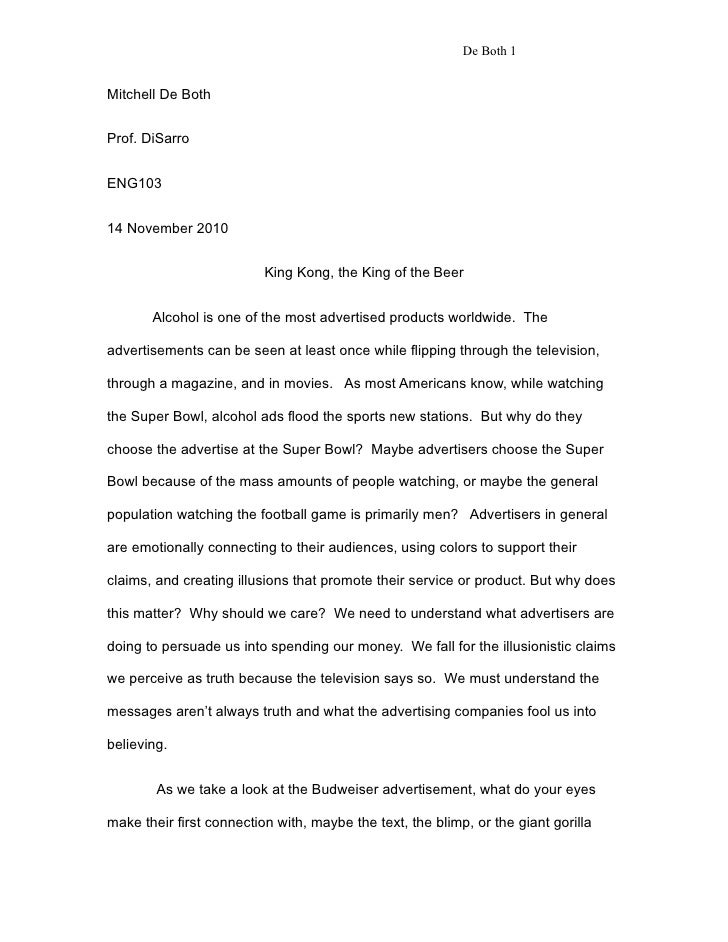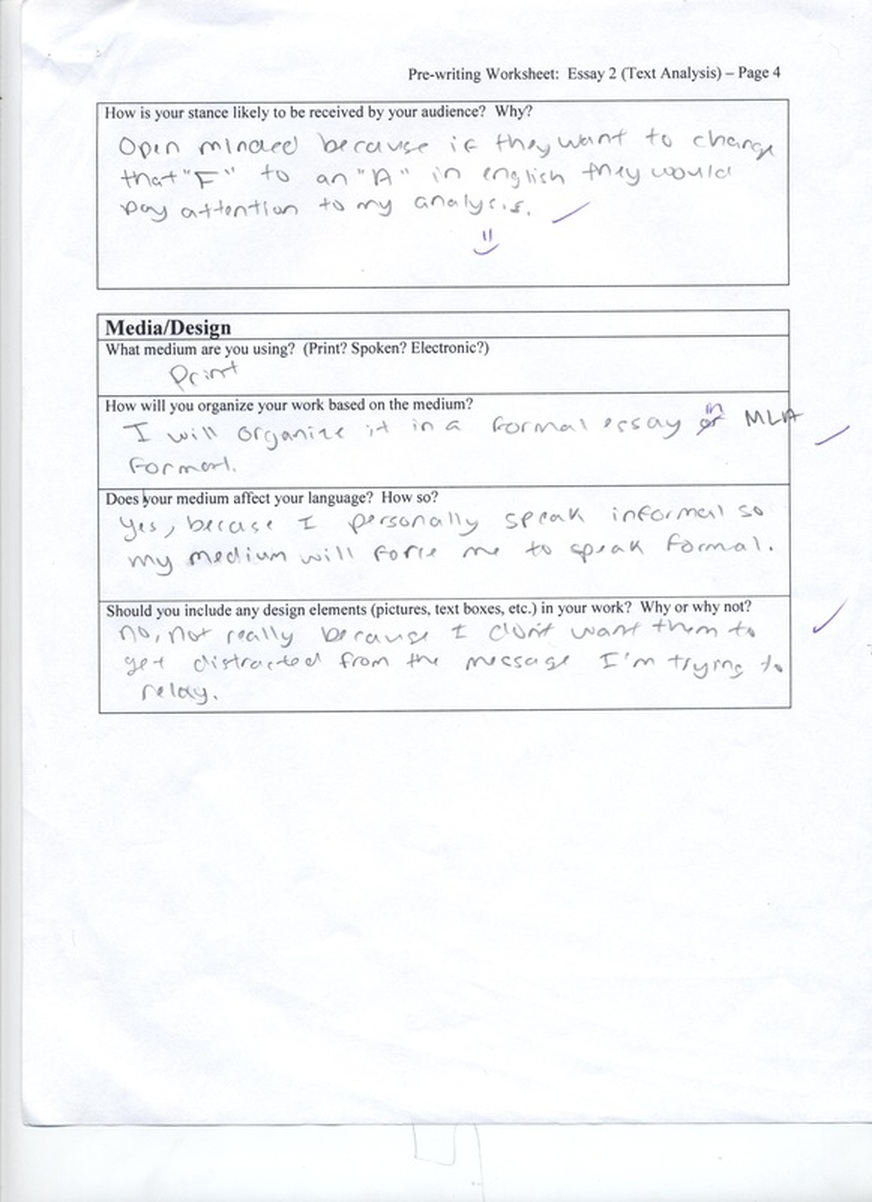
Wilmot argues that the use of social media to mourn the death of someone is completely inappropriate and insensitive to the family members and close friends of the deceased. The subject/issue she addresses is the difference between mourning from an outside perspective, and grieving from an inside one.

In the article, Wilmot is the author, and her target audience is anyone that uses social media. The author uses rhetoric to persuade the audience to hold a particular belief regarding the subject. The rhetorical situation of any work is comprised of an author, audience, subject being addressed, and an issue that caused the author to address said subject. With the knowledge of who Wilmot is addressing and what form of writing she uses to convince them, the last bit of information needed to completely understand her message is the rhetorical situation. Wilmot does so by explaining that her sister died from “choking on fluid that could no longer be cleared from her lungs,” so social media posts assigning silver linings to such a horrific tragedy, “profoundly misrepresented who she was and sanitized what had happened to her” (Wilmot). Wilmot’s purpose in writing this letter is to persuade her audience that posting to social media following a death is completely inappropriate and disrespectful. Like any persuasive letter, the purpose for writing is explained, and an argument to convince the audience that the author is correct follows said purpose. The genre of The Space Between Mourning and Grief is a persuasive open letter. Genres are the categorical collections of writings based on shared purpose and form. Not only is it essential to identify who Wilmot is addressing, but understanding the genre of Wilmot’s work is another important step to fully comprehending her message. Rather, she is trying to convince her intended audience (social media users) that this kind of conduct on social media is unacceptable, and for the health of the grievers, it would be a respectful act to stop. Although the majority of the article is spent addressing social media users indirectly, Wilmot concludes by directly stating that, “if you don’t feel comfortable expressing your condolences to the deceased’s friends and family, perhaps it isn’t your place to publicly eulogize.” Here, Wilmot is not addressing her discourse community (fellow grievers and past grievers), because they already have a deeper understanding of her pain and what she has gone through, and would most likely not be the ones perpetuating the issue.

In this case, the intended audience is any reader of The Atlantic that is a member of social media. An audience is the group of people that the author hopes will receive her message and be convinced of it.

The second group Wilmot is addressing is her audience. Anyone who is grieving or has gone through the process themselves will most likely be in agreeance with what she has to say, and share the goal of ending meaningless, distasteful social media posts right after someone’s death. The discourse community Wilmot is addressing in her article is fellow grievers. A discourse community is a group of people united by their shared values and goals, using communication and certain lexis exclusive to that community to achieve their goals. Wilmot argues her points to two groups, the first one being her discourse community. She does so by speaking within a specific discourse community, preaching to an intended audience, and responding to the rhetorical situation within a particular genre. Wilmot successfully argues that in the wake of tragedy, it is completely inappropriate and distasteful to post about it on social media, because it often simplifies and misrepresents a complex tragedy. In The Space Between Mourning and Grief, Claire Wilmot describes both the tragedy she faced when her sister passed away, and the responses to the tragedy on social media. However, this etiquette is often left by the wayside by those who wish to selfishly steal the attention. There is a certain unspoken etiquette that must be followed during this time, because those closest to the deceased are emotionally shattered.
#Rhetorical analysis rough draft how to
Death has always been a topic of great controversy, and the complexities of how to appropriately deal with it are never fully clear.


 0 kommentar(er)
0 kommentar(er)
